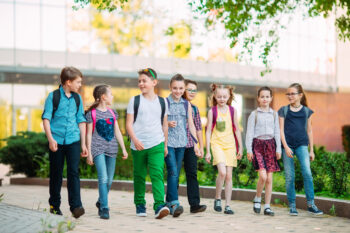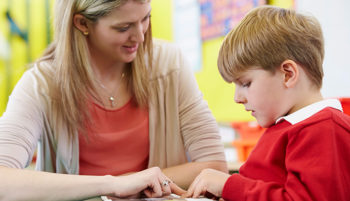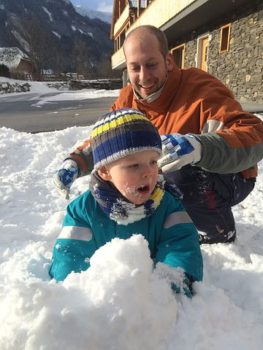 What Should Parents Know About AI?
What Should Parents Know About AI?
As a product of the 80s and 90s, I grew up with a bit of uneasiness with the idea of AI. It seems like a cool idea, to have robots and machines do all of our undesirable tasks. But movies like Terminator drop a bit of fear of a robot takeover into the back of my mind. The list doesn’t stop with Arnold, the killer robot: The Matrix, I, Robot, Bicentennial Man, Short Circuit, Wall-E. They are all movies about how robots take over in some way, shape, or form. It always seemed far-fetched or like a fantasy from a world too far in the future to become my reality. [Read more…]

Dr. Kevin Myers is an Executive Administrator for YPI Charter Schools and the Principal at Bert Corona Charter School. He has served the Los Angeles community as a teacher, administrator, and grant director for over 20 years. He has a passion for developing teachers and educational leaders to engage in the challenging work of bringing equity to our schools and our communities. Dr. Myers has developed an expertise in supporting underserved communities, building effective and cohesive school leadership teams, and engaging parents to uplift their communities through engagement at their children’s schools. He wrote his dissertation on teacher self-efficacy and job satisfaction and is a strong advocate for supporting and working with teachers to build a strong and successful school community. In addition to his work at YPI Charter Schools, Dr. Myers is also a faculty member at Cal State Fresno and works with student teacher candidates to earn their credentials as they work through the CalState TEACH program.

 Homework Can Be a Game Changer!
Homework Can Be a Game Changer!
 Winter Family Play Activities
Winter Family Play Activities